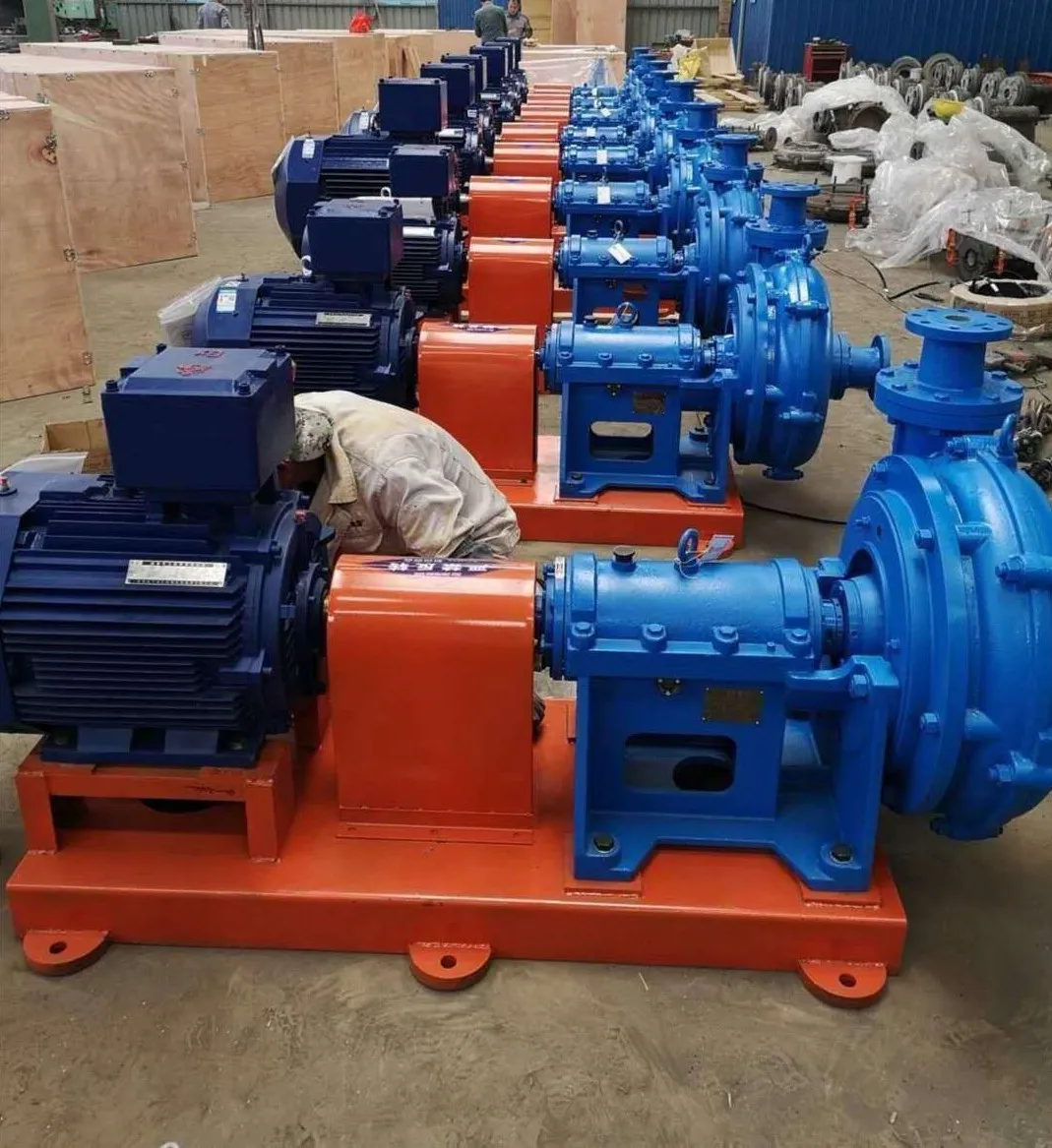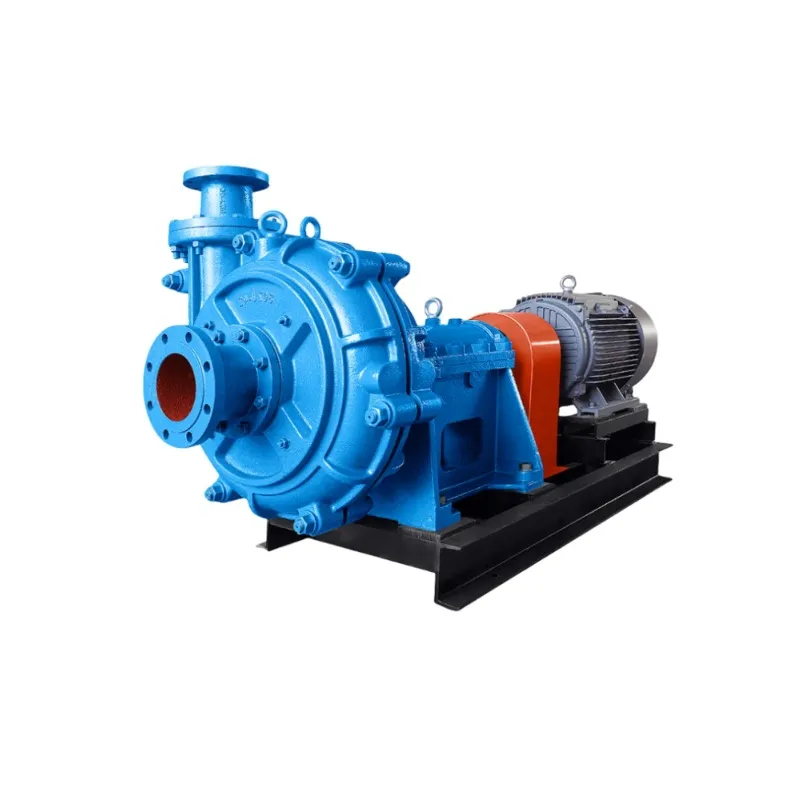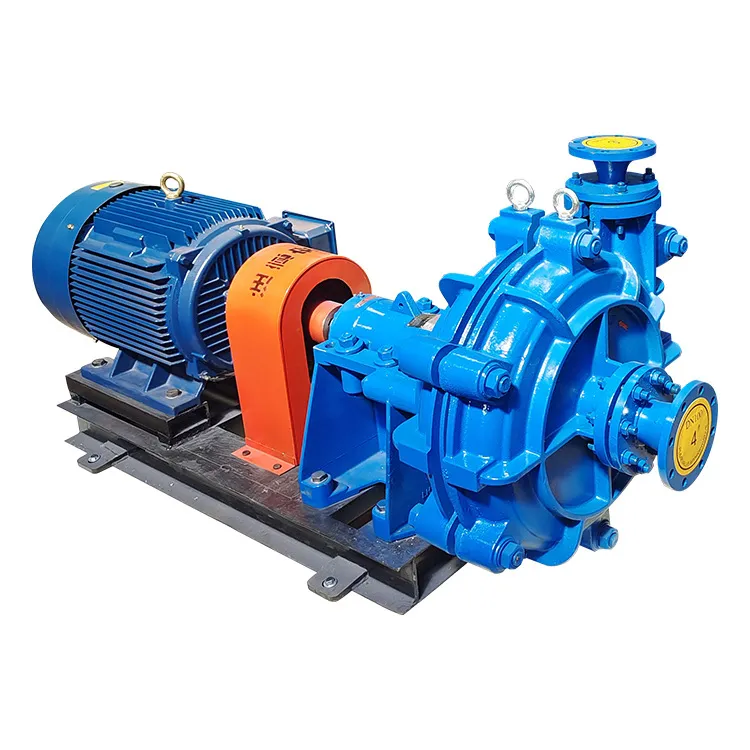Gujarati
- Afrikaans
- Albanian
- Amharic
- Arabic
- Armenian
- Azerbaijani
- Basque
- Belarusian
- Bengali
- Bosnian
- Bulgarian
- Catalan
- Cebuano
- Corsican
- Croatian
- Czech
- Danish
- Dutch
- English
- Esperanto
- Estonian
- Finnish
- French
- Frisian
- Galician
- Georgian
- German
- Greek
- Gujarati
- Haitian Creole
- hausa
- hawaiian
- Hebrew
- Hindi
- Miao
- Hungarian
- Icelandic
- igbo
- Indonesian
- irish
- Italian
- Japanese
- Javanese
- Kannada
- kazakh
- Khmer
- Rwandese
- Korean
- Kurdish
- Kyrgyz
- Lao
- Latin
- Latvian
- Lithuanian
- Luxembourgish
- Macedonian
- Malgashi
- Malay
- Malayalam
- Maltese
- Maori
- Marathi
- Mongolian
- Myanmar
- Nepali
- Norwegian
- Norwegian
- Occitan
- Pashto
- Persian
- Polish
- Portuguese
- Punjabi
- Romanian
- Russian
- Samoan
- Scottish Gaelic
- Serbian
- Sesotho
- Shona
- Sindhi
- Sinhala
- Slovak
- Slovenian
- Somali
- Spanish
- Sundanese
- Swahili
- Swedish
- Tagalog
- Tajik
- Tamil
- Tatar
- Telugu
- Thai
- Turkish
- Turkmen
- Ukrainian
- Urdu
- Uighur
- Uzbek
- Vietnamese
- Welsh
- Bantu
- Yiddish
- Yoruba
- Zulu
Telephone: +86 13120555503
Email: frank@cypump.com
ઓગસ્ટ . 06, 2025 06:00 Back to list
Wear-Resistant Slurry Pump for Mining & Industrial Sludge
In the demanding worlds of mining, metallurgy, and heavy industry, the reliable transfer of abrasive and corrosive slurries is a critical operational challenge. The failure of a pump can lead to catastrophic downtime, lost production, and significant safety risks. This is where the Large Industrial Sludge Slurry Pump Mining Wear-resistant technology, exemplified by the CY Pump ZJ Series, becomes not just a component, but a cornerstone of operational excellence. These pumps are engineered to thrive in the harshest environments, handling high-density slurries laden with sharp, abrasive particles day in and day out.
This comprehensive guide provides an expert-level deep dive into every facet of these robust machines. We will explore industry trends, dissect technical parameters, unveil the meticulous manufacturing process, and showcase real-world applications. Our goal is to demonstrate why a specialized, high-quality slurry pump is a vital investment for any serious industrial operation.
Explore the ZJ Series Slurry Pump
Industry Trends & Market Dynamics
The global market for slurry pumps is on a significant upward trajectory, projected to grow at a CAGR of over 4.5% in the coming years. This growth is fueled by several key trends:
- Increased Mining & Mineral Processing: As global demand for raw materials like copper, lithium, and rare earth elements soars, mining operations are expanding. These activities inherently generate vast quantities of abrasive slurries that require specialized handling.
- Stricter Environmental Regulations: Industries are now required to manage waste slurries, such as Flue Gas Desulfurization (FGD) sludge in power plants and tailings in mining, more responsibly. This necessitates high-reliability pumps for containment and processing.
- Focus on Operational Efficiency (TCO): Companies are shifting from low initial cost to a Total Cost of Ownership (TCO) model. A Large Industrial Sludge Slurry Pump Mining Wear-resistant model, while potentially having a higher upfront price, offers a significantly lower TCO due to reduced maintenance, longer service life, and lower energy consumption.
- Technological Advancements: Innovations in metallurgy (e.g., high-chrome alloys, elastomers) and hydraulic design are continuously improving pump efficiency and wear resistance, pushing the boundaries of what these machines can handle.
Technical Deep Dive: Understanding the Core Components
A slurry pump is more than just a motor and a casing. Its performance is the sum of its meticulously designed and manufactured parts. The ZJ Series Large Industrial Sludge Slurry Pump Mining Wear-resistant models are engineered for maximum durability and efficiency. Let's break down the key technical specifications.
| Parameter | ZJ Series Specification | Industry Significance |
|---|---|---|
| Flow Rate (Q) | Up to 5400 m³/h | Indicates the volume of slurry the pump can move per hour. Higher values are essential for large-scale operations like mine dewatering or tailings transfer. |
| Head (H) | Up to 118 m | Represents the vertical height the pump can lift the slurry. High head is crucial for pumping to elevated locations or over long distances with significant friction losses. |
| Discharge Size | 25 mm to 450 mm | The diameter of the pump outlet. Larger sizes accommodate higher flow rates and larger solid particles, reducing the risk of clogging. |
| Max. Particle Size | Up to 254 mm (for specific models) | The largest solid particle the pump can pass without damage or blockage. A critical parameter in applications like dredging and gravel pumping. |
| Wet-End Material | High-Chrome Alloy (A05, A07, A49), Natural Rubber, Polyurethane | This is the most critical factor for wear life. High-chrome iron (hardness > 62 HRC) provides exceptional resistance to abrasion, while rubber is ideal for fine, corrosive slurries. |
| Seal Type | Gland Packing Seal, Expeller Seal, Mechanical Seal | Prevents leakage. Gland packing is a robust, traditional option. Expeller seals are a "no-flush" centrifugal solution, and mechanical seals offer superior leakage prevention for critical applications. |
| Efficiency | Up to 85% (at Best Efficiency Point - BEP) | Hydraulic efficiency directly translates to energy savings. Operating the pump near its BEP maximizes performance and minimizes wear and power consumption. |
| Standards Compliance | ISO 9001, ISO 14001, ANSI/HI Standards | Ensures the pump is manufactured and tested to globally recognized quality, environmental, and performance standards, guaranteeing reliability and interoperability. |

The Manufacturing Process: From Raw Alloy to a Pumping Powerhouse
The exceptional durability of a Large Industrial Sludge Slurry Pump Mining Wear-resistant is not accidental; it is the result of a stringent, multi-stage manufacturing and quality control process. Our ISO 9001 certified facilities ensure every pump meets the highest standards of excellence.
1. Material Science
Selection of premium raw materials like high-purity chromium and iron. Spectrometric analysis ensures the alloy composition (e.g., A05) meets precise specifications for maximum hardness and toughness.
2. Precision Casting
Using advanced sand casting and lost-foam techniques to form complex shapes like the volute and impeller. Molds are computer-designed to ensure optimal hydraulic pathways and structural integrity.
3. Advanced Heat Treatment
Critical components undergo a multi-stage heat treatment cycle (annealing, quenching, tempering) to achieve a target hardness of over 62 HRC, creating a microstructure highly resistant to abrasive wear.
4. CNC Machining
Computer Numerical Control (CNC) machining centers ensure all mating surfaces, bearing housings, and shaft dimensions meet sub-millimeter tolerances. This precision is vital for efficiency and assembly.
5. Dynamic Balancing
The impeller, the heart of the pump, is dynamically balanced to ISO 1940-1 standards. This eliminates vibration, extending bearing life and ensuring smooth, quiet operation.
6. Rigorous Assembly
Skilled technicians assemble the pump, setting precise clearances and installing seals. Every bolt is torqued to specification, ensuring a leak-free and robust final product.
7. Performance Testing
Every single pump undergoes hydrostatic testing to verify casing integrity and performance testing on a certified test loop (per ISO 9906) to generate a unique performance curve, guaranteeing it meets the client's duty point.
8. Coating & Finishing
A multi-layer industrial epoxy coating is applied to protect against external corrosion, ensuring longevity even in chemically aggressive or humid environments.
Unmatched Technical Advantages & Performance Comparison
Choosing a CY Pump ZJ Series isn't just buying a piece of equipment; it's investing in a solution designed for superior performance. Our pumps consistently outperform standard models in the most critical areas.
Performance Metrics: CY Pump vs. Standard Competitor
*Mean Time Between FailuresPrimary Application Industries
- Mining (45%)
- Metallurgy (25%)
- Coal Washing (15%)
- FGD (10%)
- Other (5%)
Key Differentiators:
- Energy Savings: Our advanced hydraulic designs, optimized using Computational Fluid Dynamics (CFD), ensure high efficiency across a wide operating range. A 5-10% improvement in efficiency can translate to tens of thousands of dollars in energy savings annually for a single Large Industrial Sludge Slurry Pump Mining Wear-resistant model.
- Extended Wear Life: The combination of superior high-chrome A05 material, optimized impeller vane geometry, and slower operating speeds (where possible) dramatically reduces wear on key components, extending service intervals by up to 50% compared to lower-quality pumps.
- Modular Design & Interchangeability: Our pumps are designed with a high degree of parts interchangeability across different sizes. This simplifies inventory management for clients with multiple installations and reduces the cost of holding spare parts.
- Ease of Maintenance: Features like a split casing design, external impeller adjustment, and quick-release bearing assemblies are specifically engineered to minimize downtime during routine maintenance. An impeller change-out can be completed significantly faster, returning the pump to service quickly.
Customization and Tailored Solutions
We understand that no two slurry applications are identical. A "one-size-fits-all" approach leads to inefficiency and premature failure. Our engineering team specializes in providing bespoke solutions tailored to your specific operational parameters.

Our Customization Process:
- Initial Consultation: We analyze your slurry data: particle size distribution (PSD), specific gravity (SG), temperature, pH, and flow/head requirements.
- Material Selection: Based on the abrasivity and corrosivity of your slurry, we recommend the optimal material—from hard metals like A05 or A49 to a range of elastomers for specific chemical resistance.
- Drive & Sealing Configuration: We size the motor and drive system (direct, V-belt, gearbox) for optimal efficiency. We'll help you select the most appropriate sealing system (gland, expeller, or mechanical seal) to balance cost, performance, and maintenance needs.
- System Integration: We can provide complete skid-mounted packages, including motors, guards, instrumentation (pressure gauges, flow meters), and control panels for a true plug-and-play solution.
Our commitment is to deliver not just a pump, but a fully integrated pumping solution that maximizes your productivity and profitability.
Request a Custom SolutionApplication Case Studies: Proven Experience in the Field
Theory and specifications are important, but real-world performance is the ultimate measure of quality. Our pumps have a proven track record of success in some of the most challenging applications globally.
Case Study 1: Copper Mine Tailings, Chile
Challenge: A major copper mine was experiencing weekly failures on their primary tailings pumps due to extreme abrasion from silica-rich slurry (70% solids by weight).
Solution: We supplied a series of Large Industrial Sludge Slurry Pump Mining Wear-resistant models (ZJ 350) with custom A05 high-chrome wet ends and a reduced operating speed configuration.
Result: Mean Time Between Failures (MTBF) increased from under 100 hours to over 2,500 hours. The mine reported a 90% reduction in maintenance costs and a 15% increase in plant availability, leading to millions in recovered revenue.
Case Study 2: FGD Scrubber Recycle, Power Plant, Germany
Challenge: A coal-fired power plant needed to replace their failing limestone slurry recycle pumps, which were suffering from both abrasion and corrosion from the acidic gypsum slurry.
Solution: We engineered a solution using rubber-lined pumps with duplex stainless steel impellers, providing a dual-protection system against both wear and chemical attack.
Result: The service life of the pumps was extended from 6 months to over 3 years. The plant also reported a 7% reduction in energy consumption due to the improved hydraulic efficiency of the CY Pump design.
Trust & Assurance: Our Commitment to You
We build more than pumps; we build partnerships. Our commitment to you extends far beyond the point of sale. We provide comprehensive support to ensure your long-term success.
- Warranty: All our pumps come with a comprehensive 18-month warranty from the date of shipment or 12 months from installation, guaranteeing against defects in materials and workmanship.
- Global Support & Spares: With a network of distributors and service centers, we provide timely technical support and genuine spare parts to minimize your downtime, wherever your operation is located.
- Delivery & Logistics: We offer a transparent delivery schedule, typically 4-6 weeks for standard models and 8-10 weeks for highly customized solutions. We handle all logistics to ensure your pump arrives safely and on time.
- Authoritative Backing: Our operations are certified under ISO 9001:2015 for Quality Management and ISO 14001:2015 for Environmental Management. We are a trusted supplier to leading global companies in the mining and industrial sectors.
Frequently Asked Questions (FAQ)
The most common and effective material for the wet-end parts (impeller, volute, frame plate liner insert) is High-Chrome White Iron Alloy (ASTM A532 Class III Type A, commonly known as A05). This material contains a high percentage of chromium (typically 27%) which forms extremely hard chromium carbides within a supportive martensitic matrix after heat treatment. This microstructure provides exceptional resistance to sliding and gouging abrasion from hard particles, making it the ideal choice for most mining and dredging slurries. Its hardness typically exceeds 650 BHN (62 HRC).
The choice depends on the slurry characteristics. A closed impeller (with shrouds on both sides) is the most common type and is more hydraulically efficient. It's ideal for slurries with fine to medium-sized particles. An open impeller (with vanes open on one side) is less prone to clogging and is better suited for slurries containing large solids, stringy material, or very high concentrations of coarse particles. However, it is generally less efficient and requires precise clearance adjustment with the liner to maintain performance.
A Gland Packing Seal is a traditional, robust seal that uses rings of packing material compressed in a stuffing box to seal around the shaft. It requires a small amount of "flush" water to lubricate and cool the packing, resulting in some dilution of the pumped product. An Expeller (or Centrifugal) Seal is a "dynamic" seal that uses a secondary impeller (the expeller) to create a pressure ring that counteracts the pump's internal pressure, preventing leakage while the pump is running. It typically does not require flush water, which is a major advantage in water-scarce regions. It is effective for suction pressures up to 10% of the pump's discharge pressure.
NPSHr stands for Net Positive Suction Head required. It is the minimum pressure required at the pump's suction port to prevent the liquid from boiling, a phenomenon known as cavitation. Cavitation creates vapor bubbles that collapse violently inside the pump, causing severe damage, noise, and a sharp drop in performance. For a Large Industrial Sludge Slurry Pump Mining Wear-resistant model, it is crucial that the system's available NPSH (NPSHa) is significantly greater than the pump's NPSHr to avoid this destructive phenomenon, especially when pumping viscous or high-temperature slurries.
Yes. While high-chrome iron is excellent for abrasion, it has limited corrosion resistance, especially in low-pH environments. For applications with both corrosive and abrasive elements (e.g., acid mine drainage, certain chemical plant slurries), we offer alternative material options. This includes various grades of duplex stainless steel or lining the wet-end components with specialized elastomers like natural rubber, neoprene, or polyurethane, which offer superior chemical resistance while still handling fine particle abrasion effectively.
A proactive maintenance schedule is key to maximizing life. While intervals vary greatly with the severity of the duty, a typical schedule includes:
- Daily: Check bearing temperature, listen for unusual noise/vibration.
- Weekly: Check gland seal leakage and adjust if necessary. Check lubrication levels.
- Monthly: Check v-belt tension and condition.
- Quarterly to Annually: Perform internal inspection. Measure impeller and liner wear. Adjust impeller-to-liner clearance. A full rebuild with wet-end part replacement might be needed every 2,000-8,000 operating hours, depending on the application's abrasivity.
Proper installation is critical for long pump life. Key requirements include:
- Foundation: A rigid, flat concrete foundation with a mass at least 3-5 times the total weight of the pump, base, and motor assembly is recommended to absorb vibration.
- Alignment: Precise alignment between the pump shaft and motor shaft is mandatory to prevent premature bearing and coupling failure. Laser alignment is the preferred method.
- Piping: Suction and discharge piping must be independently supported to avoid putting strain on the pump casing. The suction pipe should be as short and straight as possible, with a diameter at least one size larger than the pump inlet to ensure optimal flow.
Conclusion & Further Reading
The selection of a Large Industrial Sludge Slurry Pump Mining Wear-resistant model is a critical engineering decision that has a profound impact on operational reliability, safety, and profitability. By prioritizing advanced materials, robust manufacturing processes, and application-specific customization, operators can achieve significantly lower total cost of ownership and enhanced productivity. The technology behind these pumps continues to evolve, driven by the demands of industries pushing into more challenging territories.
For further academic and technical insights into slurry pump technology and wear mechanisms, we recommend the following resources:
- Wilson, K. C., Addie, G. R., Sellgren, A., & Clift, R. (2006). Slurry Transport Using Centrifugal Pumps. Springer Science & Business Media. - A foundational text on the hydraulics of slurry pumping.
- Walker, C. (2012). "Factors influencing slurry pump wear." Wear, 289, 107-112. Available on ScienceDirect. - An article discussing the complex interactions between slurry properties and pump material wear.
- "Slurry Pumping Handbook." Warman Slurry Pumping Handbook, Weir Minerals. - A widely referenced industry guide on the practical aspects of slurry pump selection and operation. Available on various industry forums and resource sites.
-
ISG Series Vertical Pipeline Pump-Chi Yuan Pumps|Efficient, Durable, Low Noise
NewsAug.06,2025
-
Wear-Resistant Slurry Pump for Mining & Industrial Sludge
NewsAug.06,2025
-
ISG Series Vertical Pipeline Pump: Advanced Solutions for Industrial Fluid Handling|Chi Yuan Pumps Co., LTD
NewsAug.06,2025
-
ISG Series Vertical Pipeline Pump - Chi Yuan Pumps Co., LTD.|High Efficiency&Energy Saving
NewsAug.06,2025
-
ISG Series Vertical Pipeline Pump - Industrial Fluid Handling | Chi Yuan Pumps
NewsAug.05,2025
-
ISG Series Vertical Pipeline Pump - Chi Yuan Pumps Co., Ltd.|Compact Design&Energy Efficiency
NewsAug.05,2025










